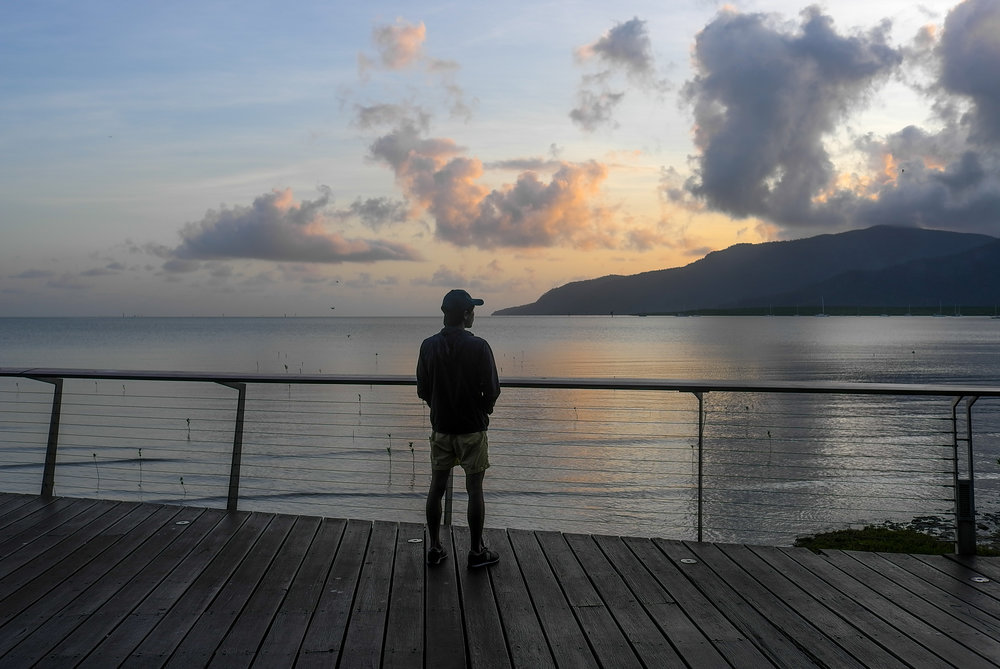
Plan A was to spend most of September touring southern Portugal. Sadly my serious illness and subsequent open-heart surgery put paid to that. However after the stress of the last three months my wife and I needed a break to somewhere gentle and not involving long distance air travel. So we decided on a Plan B — a seven-day trip in October to a far less distant destination: Cairns in Far North Queensland, or FNQ as it is known locally.
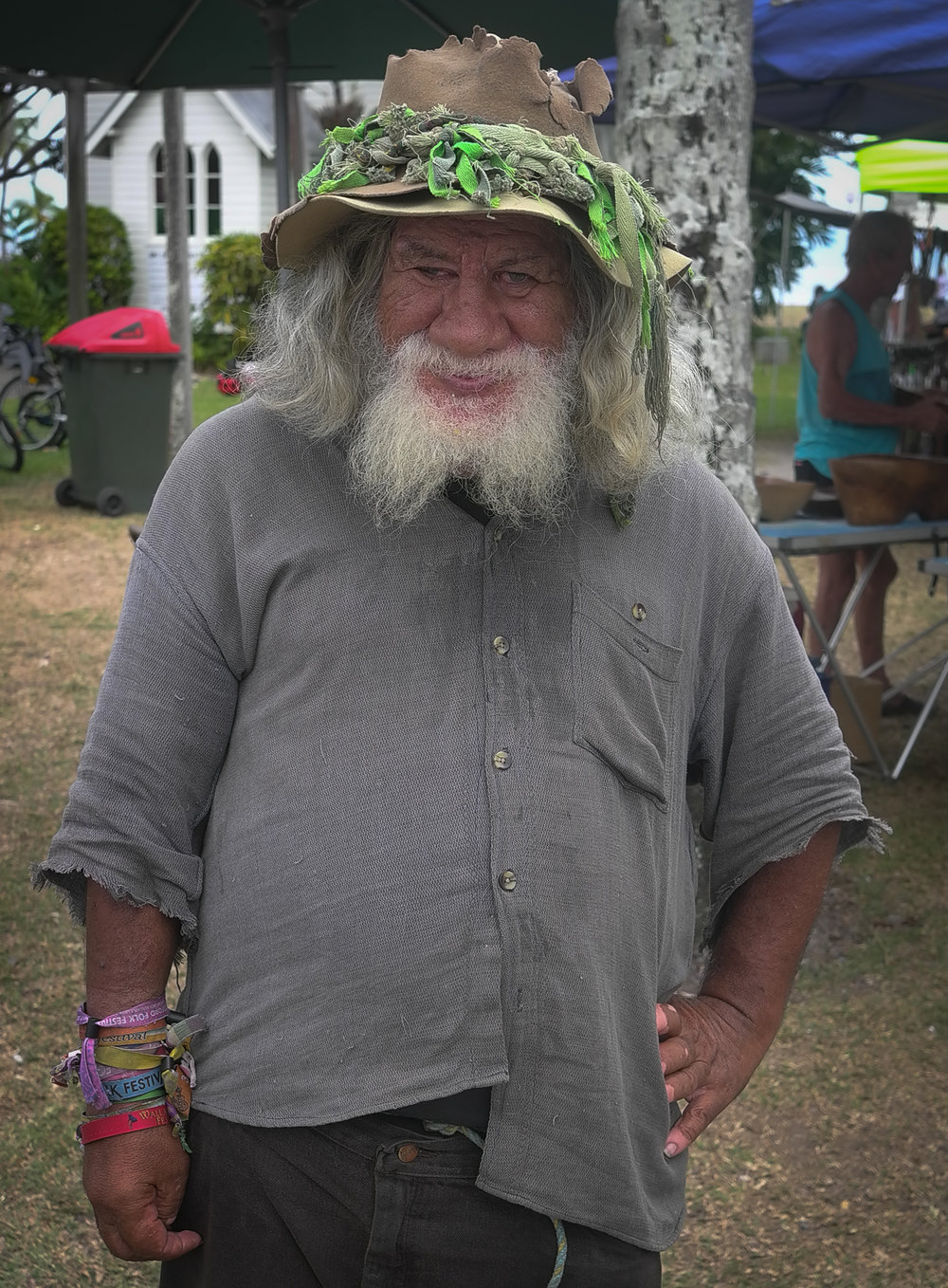
Cairns is a coastal city far up the east coast of Australia in the wet tropics,2500kms — 3 hours by plane — north of Sydney. It was established as a port and staging point for miners going to the hinterland tin and gold fields in the 1870s. Its role as a staging point was soon usurped by Port Douglas to the north and for many years Cairns was just a small, sleepy port.
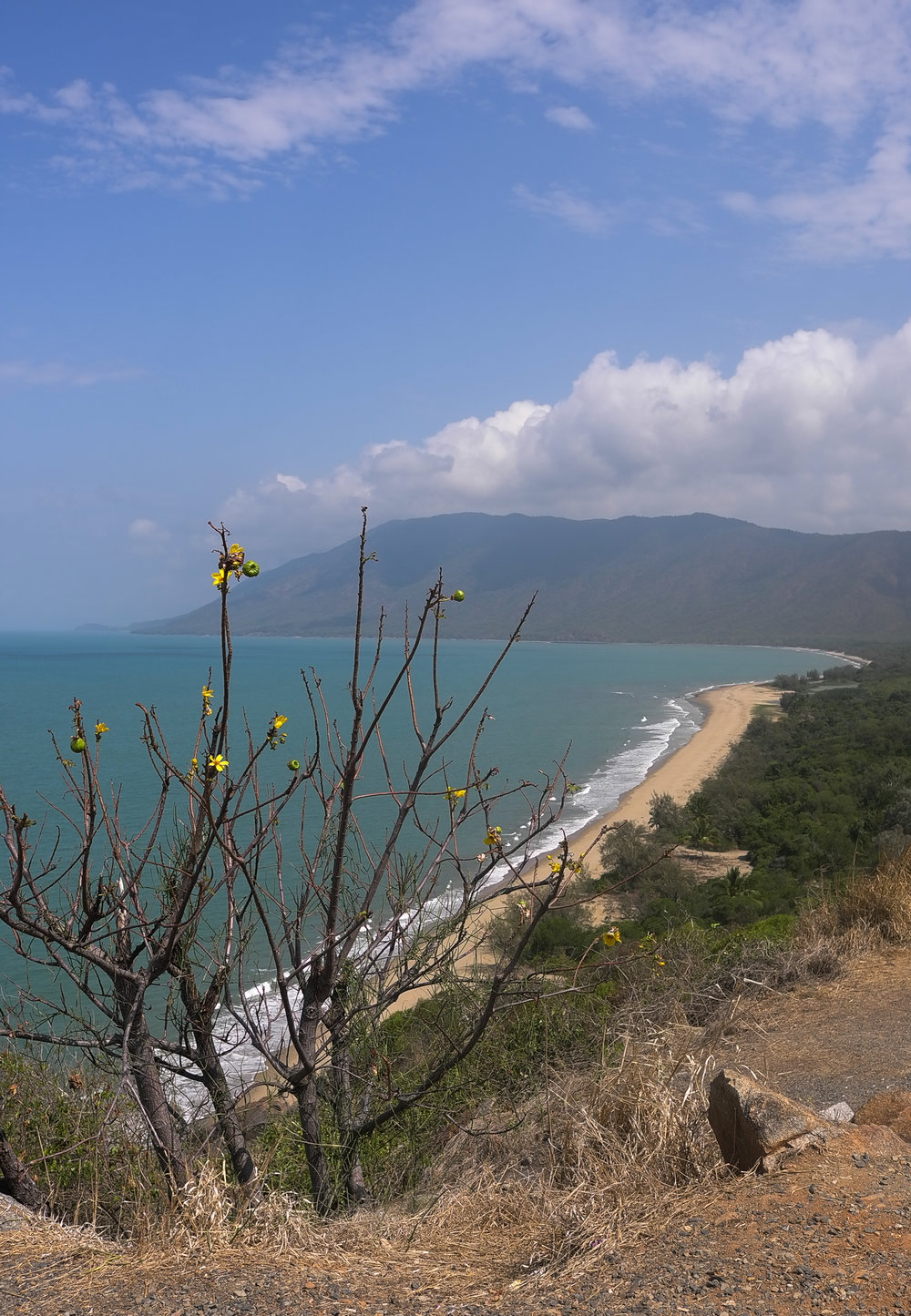
Tourism has changed all that. Today it is a city with a population of 147,000 and a major regional and tourism centre with one of the busiest airports in Australia. It is close to the Great Barrier Reef and located in an area of spectacular natural beauty, surrounded by mountains with World Heritage wet tropical rainforest nearby.
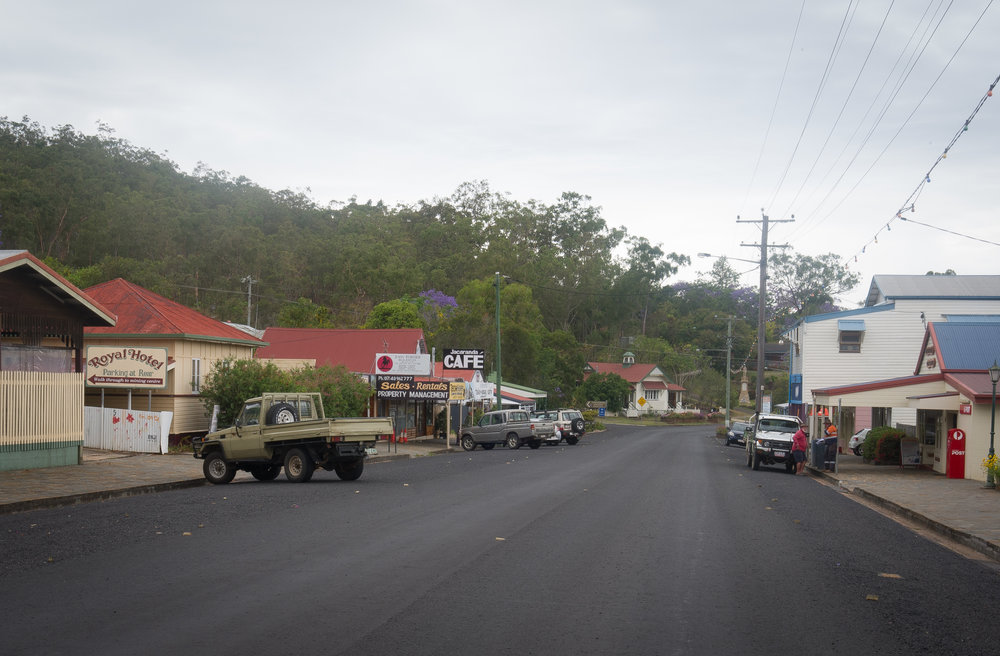
I last visited Cairns on holiday over 30 years ago and, although I have been there on business a few times, I had not appreciated how much it has changed. Today it is very much tourist central with visitors from the US, Europe, Japan and China as well as Australians. It seems to be a ‘must see’ stop for European backpackers.
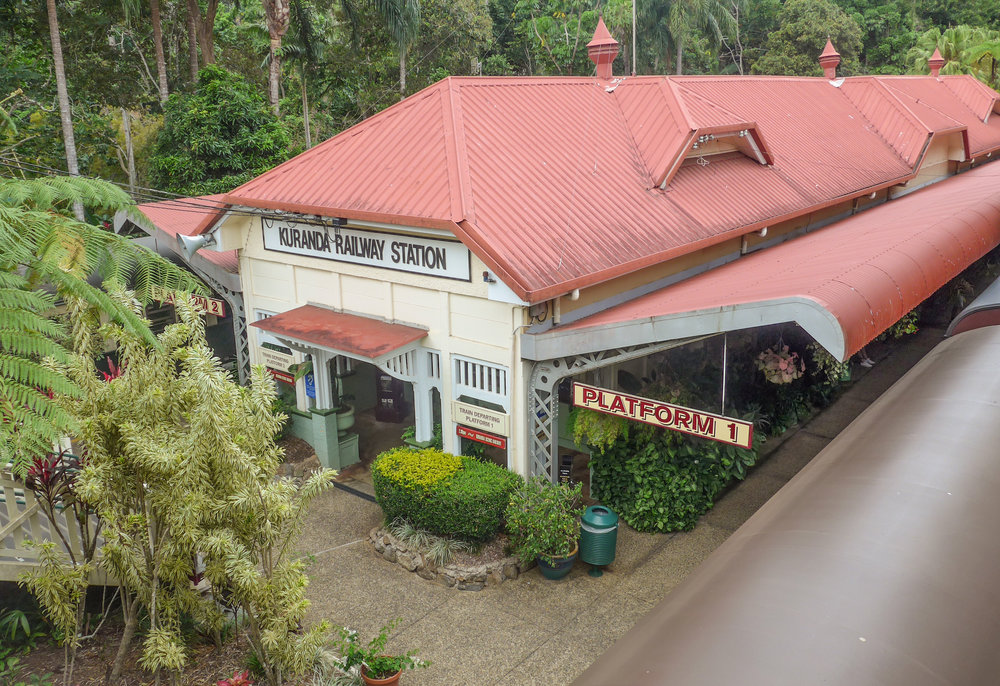
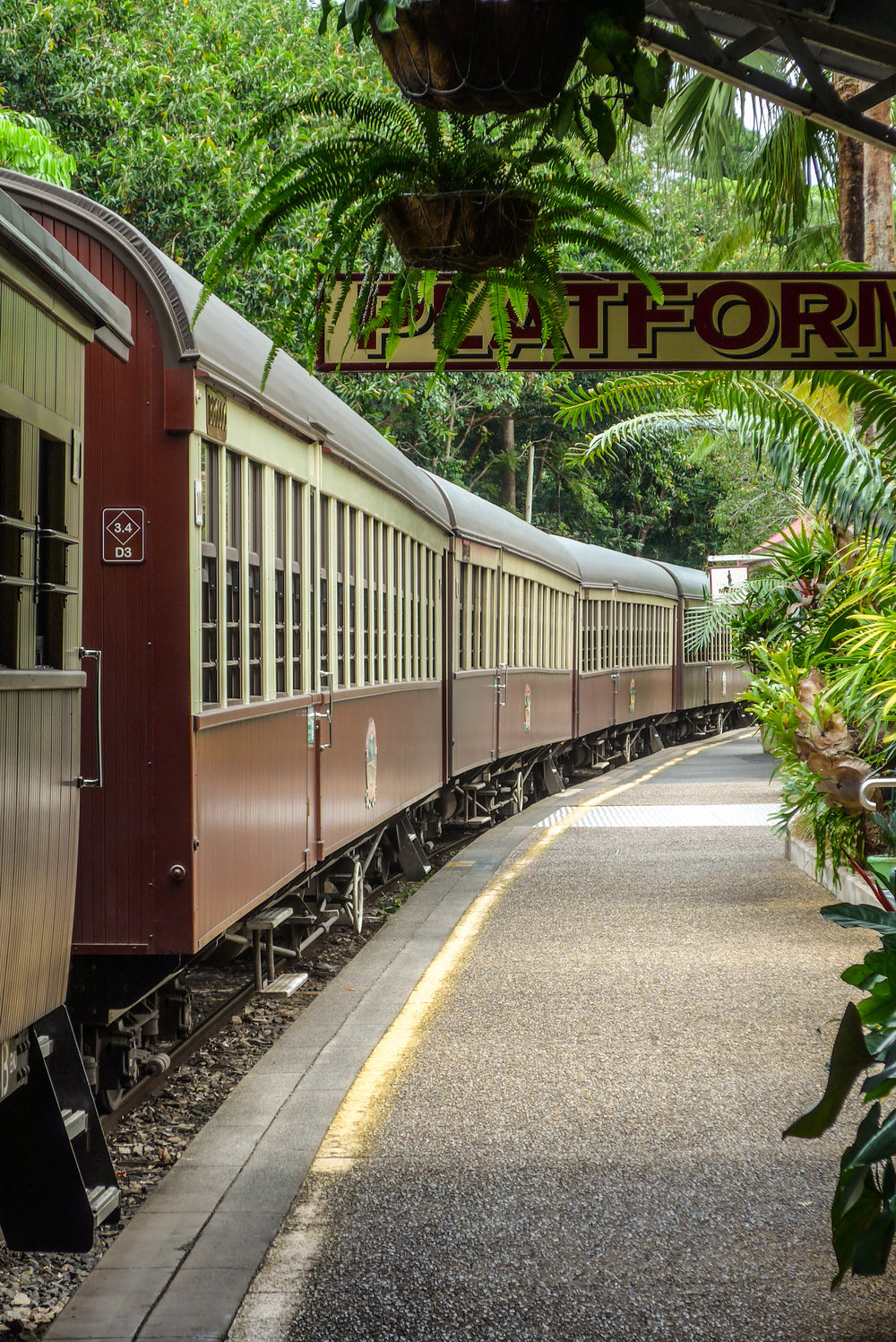
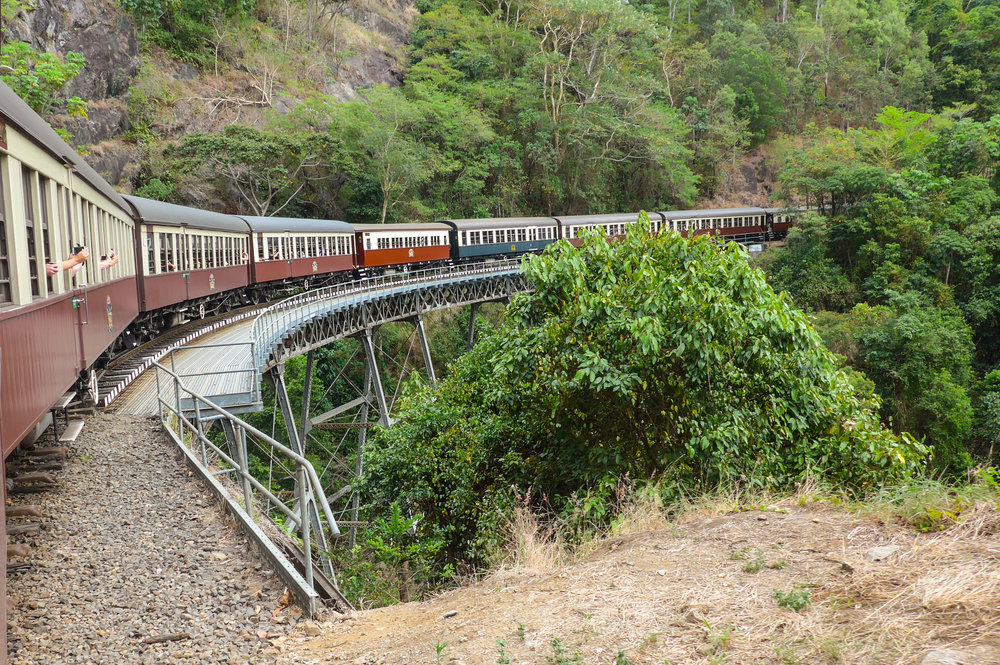
If I was surprised at how much Cairns had changed nothing prepared me for the transformation of the small settlement of Port Douglas, some 80km to the north. I spent time in Port Douglas in 1992. In the intervening 25 years it has changed beyond all recognition. Fortunately the development has been low-rise and, while it is now a bustling tourist destination Port Douglas’s spectacular setting and underlying charm remain intact.
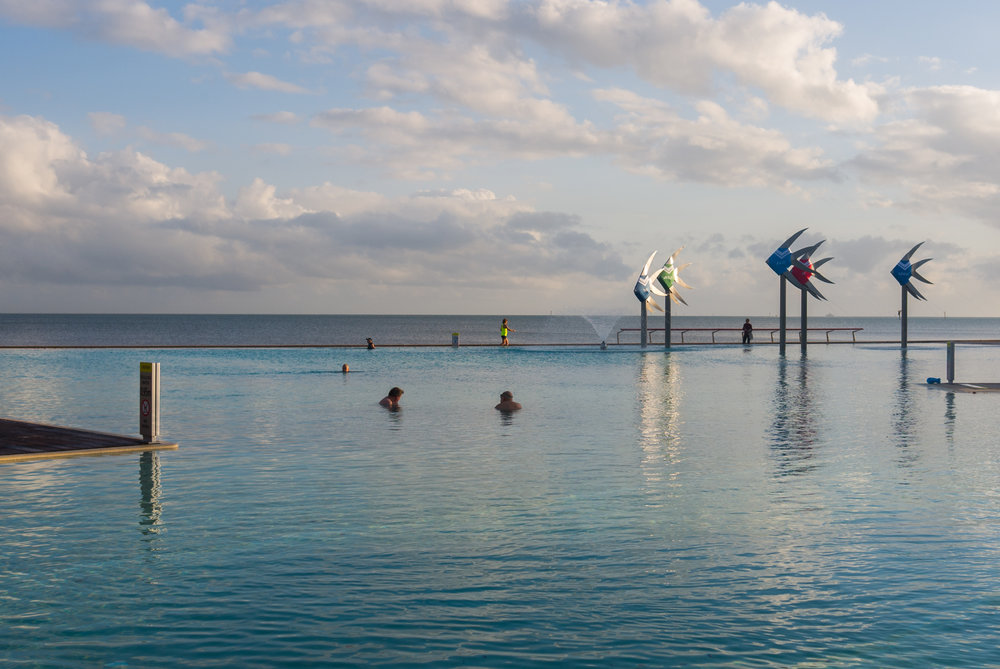
As well as spending time in Cairns and Port Douglas we drove up onto the Atherton Tablelands inland from Cairns. I took the Gilles Highway up from Gordonvale to the south of Cairns. This must be one of the most spectaular and challenging driving roads in Australia. It is steep, winding and long and the surface is excellent — in other words a superb driving road. Sadly I was in an Avis Mitsubishi ASX SUV — a perfectly acceptable rental car but not exactly a Porsche.
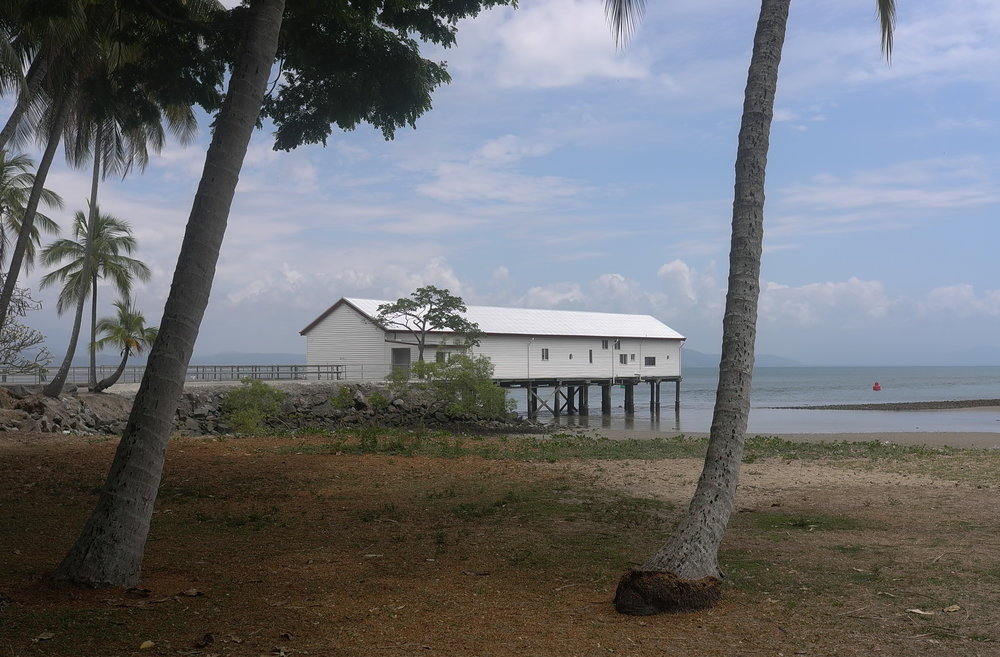
Cairns is so far north there is little chance of many Porsche drivers making the journey there from the southern states. This is a pity because, in addition to the Gilles Highway, there is the spectacular Captain Cook Highway from Cairns to Port Douglas which runs right beside the sea through the fringe of the World Heritage-listed rainforest.
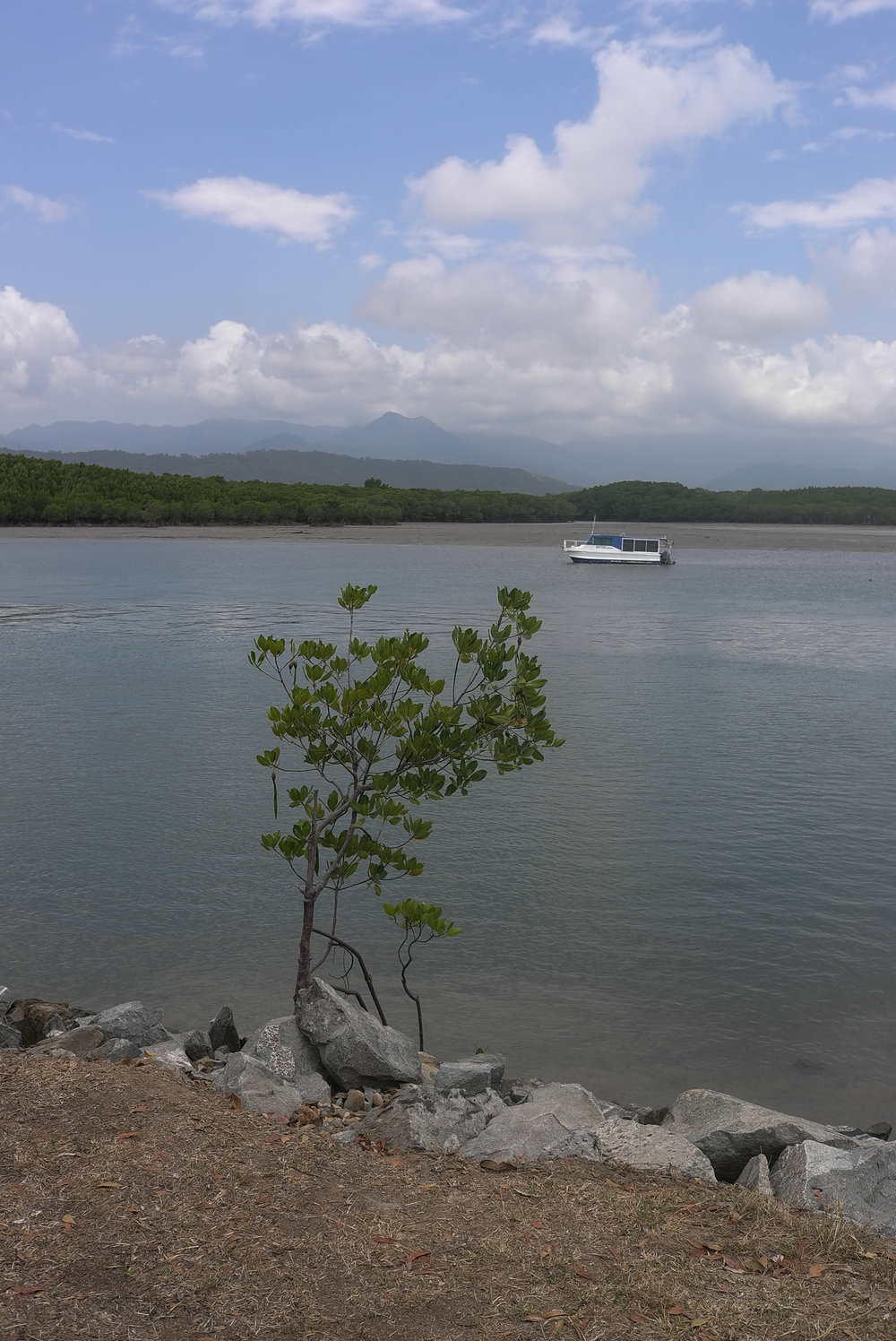
While were up on the Atherton Tablelands we drove out to the small settlement of Herberton where there is a very quirky camera museum. I’ll put up a story on this find later but suffice to say for now that Herberton is one of the last places you would expect to find such an interesting collection.
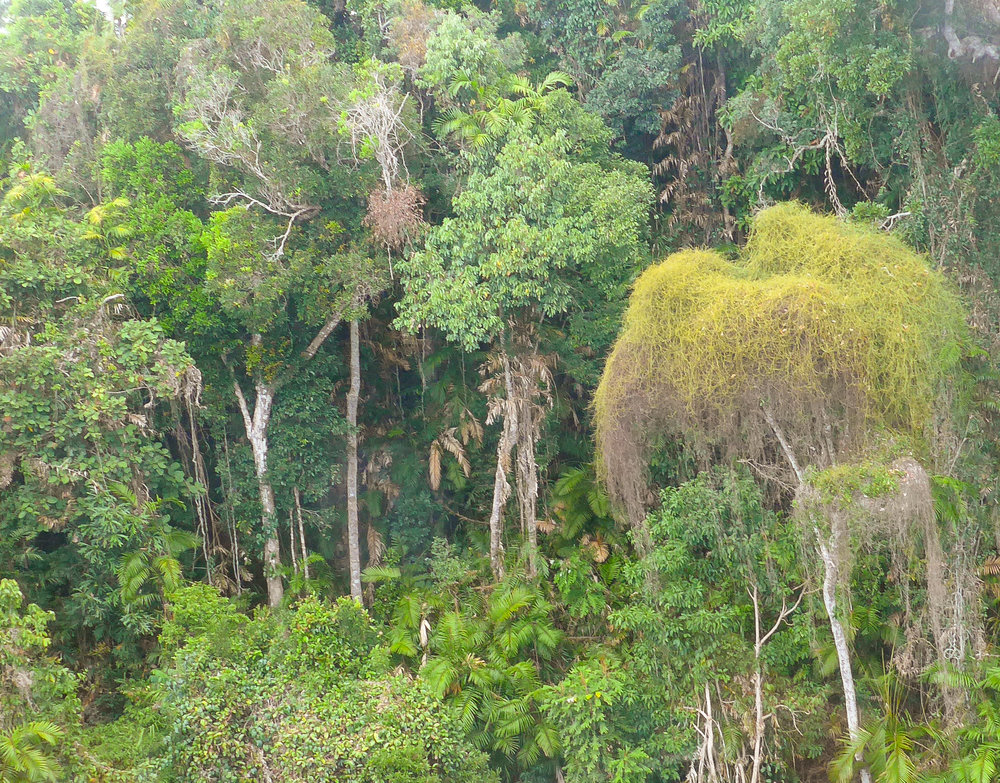
As well as driving up onto the Tablelands we took a trip to Kuranda. To get there we went up on the spectacular Skyrail Rainforest Cableway and back down on the Kuranda Scenic Railway which runs down the side of the Barron River Gorge. The railway is one of the great railway engineering feats of Australia. It was constructed in the late 19th century to access the gold and tin fields
The Skyrail Rainforest Cableway journeys 5.4km up over the Barron Gorge National Park — the world’s oldest continually surviving rainforest. Skimming literally over the treetops of wet tropical forest is a unique experience. When it was first proposed in the 1990s there was considerable opposition to the planned Cableway by environmental groups. But the cableway is very well integrated into the environment and it has been a massive boost to tourism. In fact, rather than damaging the pristine rainforest it has allowed millions of visitors to appreciate it.
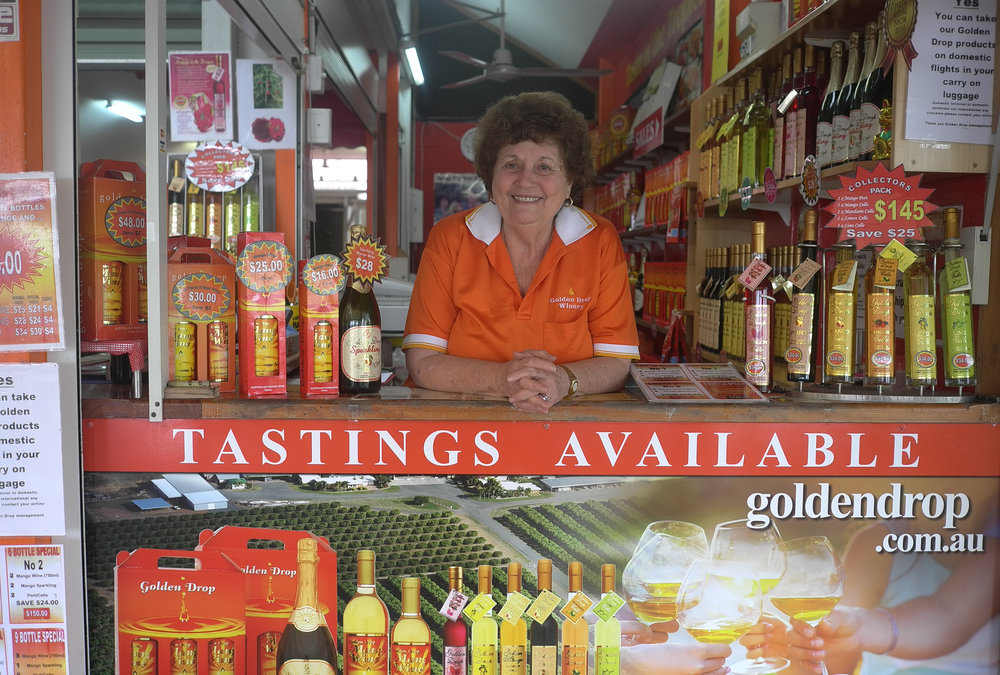
Because I was attempting to travel as light as possible I took just my Leica X1 along for the ride. A few years ago I decided that there is no point to taking tourist pictures. Everyone is swamped with images nowadays so I leave the touristy photos to my wife — who is now a Leica convert — and on this trip I just took a few photos of scenes which appealed to me. All were taken as JPEG files.
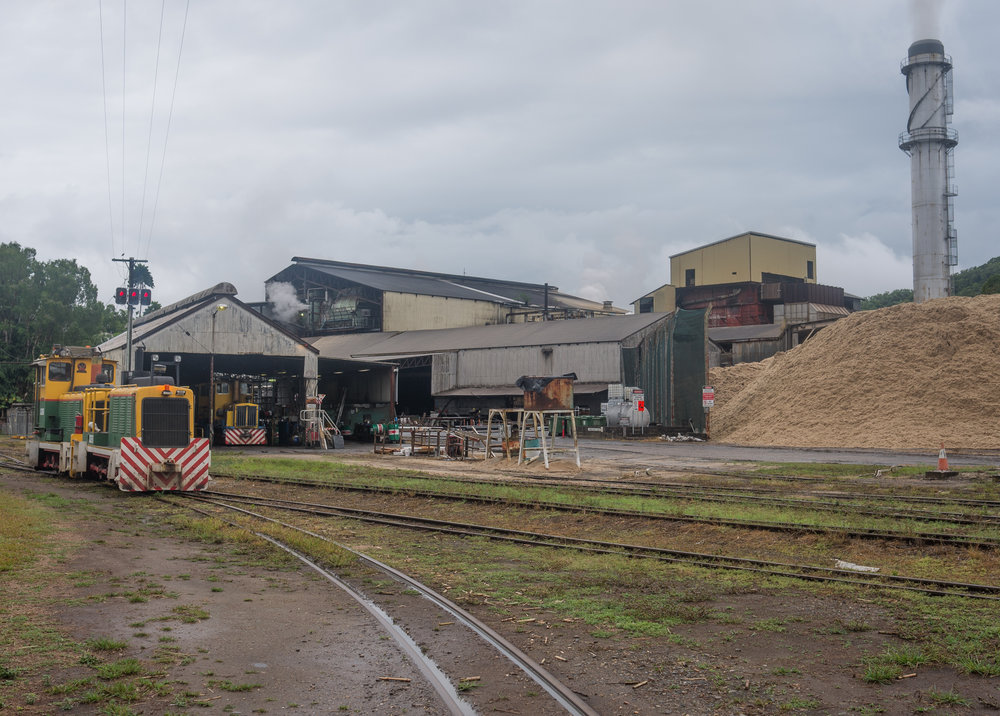
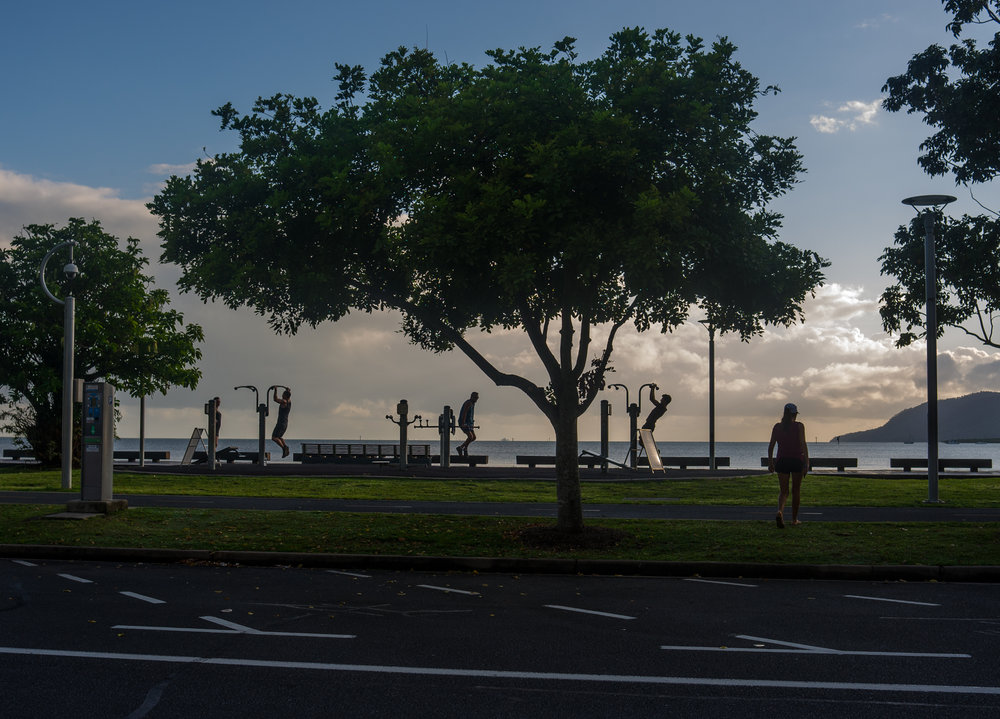
The photos of the Kuranda Railway and the rainforest from the Skyrail Cableway were taken by my wife on her Leica C.
-
Read more from John Shingleton at The Rolling Road and here on Instagram
________________

the Kuranda pic Brings back some memories. We were up there about 9 or 10 years ago to visit friends. Stayed in Yorkies Knob (no really!) in Cairns and travelled around the place. I actually really liked the Atherton Tablelands, with its tea plantations and general beauty. I could live there in my (still distant) retirement, methinks.
Thanks John.
Thank you John for a superb reminder of a week we spent in Palm Cove near Cairns twenty years ago, in pre-digital days. We toured much of the area you described. So pleased to see that you are able to travel again after serious surgery. The X1 is an ideal one-camera travel companion, twinned with the versatile Leica C.
An unforgettable memory was the song of the Golden Oriel in Cairns Botanic gardens.
Keep up your good progress.
David A.?
Lovely photos, John. Far North Queensland looks totally unspoilt and the old buildings seem to be well preserved eg the railway station. I have never been to Australia. The nearest I got was a visit to New Zealand 13 years ago. I could never get used to the sun being to the north while I was there! If I do get to Australia FNQ will be top of my list. Like John Wilson, I am delighted to see that you are out and about with your X1.
William
As always great to see and read the travels of Mr John S and famil with his wife and Leica’s . Great to see you are up journeying again!